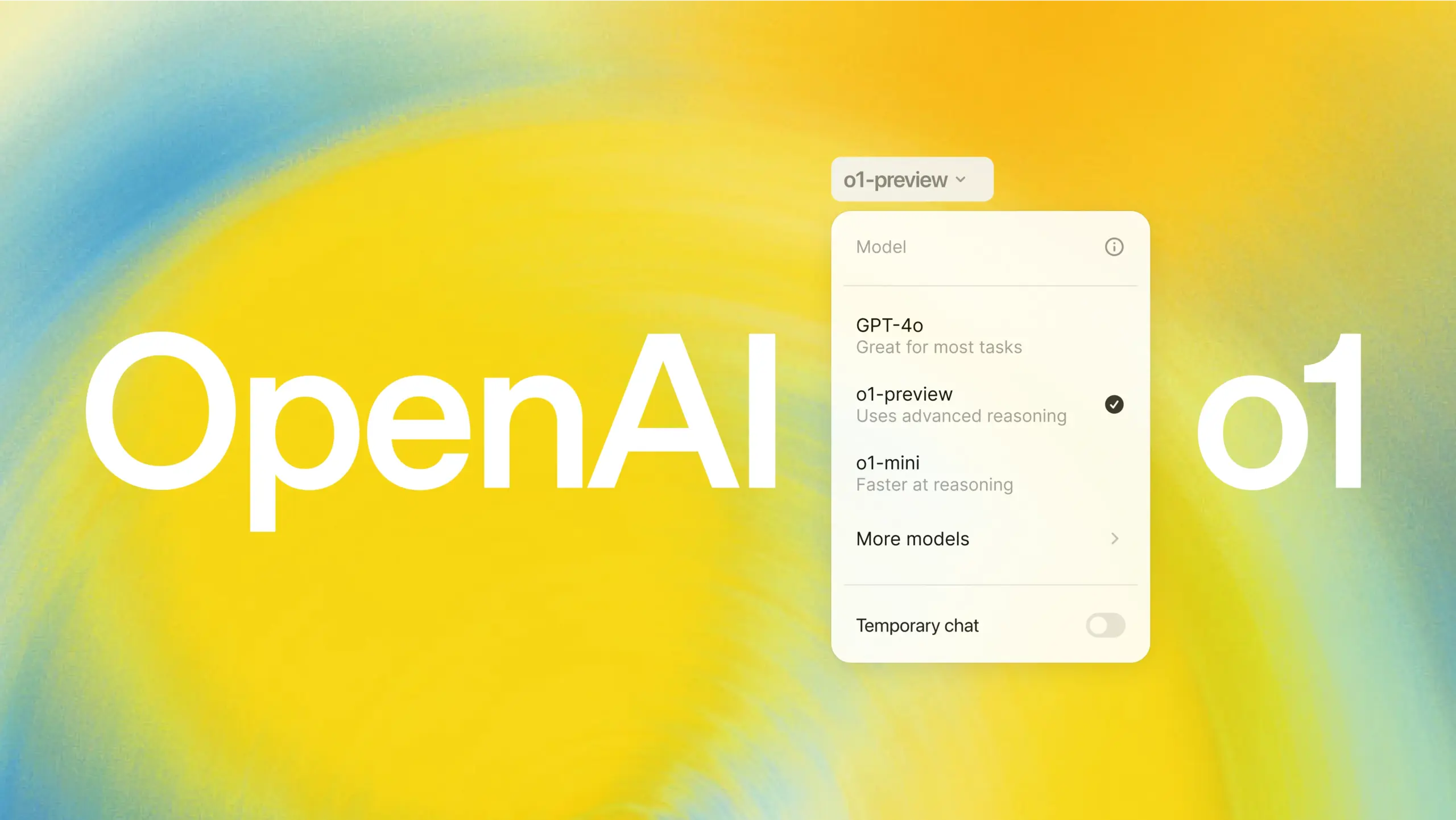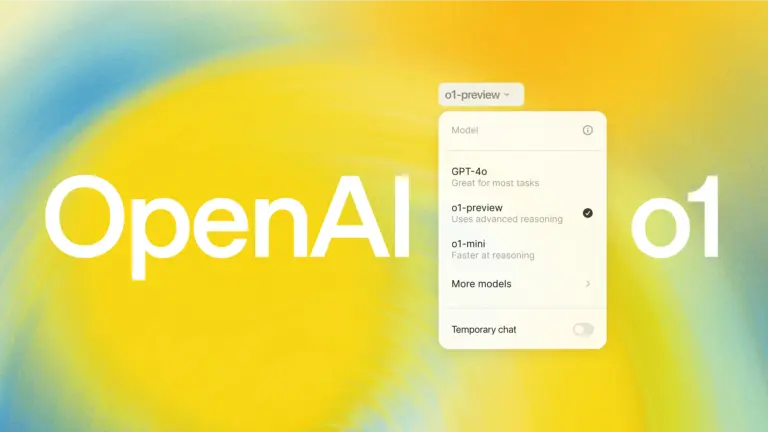Unlocking Potential: The Impact of O1 AI Models on Enterprise and Education

OpenAI has made waves with the launch of its groundbreaking AI models, o1-preview and o1-mini, now accessible for all ChatGPT Enterprise and ChatGPT Edu users. These revolutionary O1 AI Models are crafted to tackle intricate reasoning tasks, opening up new avenues for organizations and educational institutions in addressing challenges like advanced coding and scientific research.
Discovering Innovation: Unique Features of O1 AI Models
The newly released O1 AI Models represent a substantial leap forward in AI technology. Developed to think more critically than earlier versions, these models efficiently process information and generate insightful responses. Their strengths shine in disciplines such as mathematics, programming, and scientific inquiry.
In preliminary assessments, the o1-preview model demonstrated its prowess by successfully solving 83% of the problems on an International Mathematics Olympiad qualifying exam. In comparison, the previous model, GPT-4o, could only manage a mere 13%. Additionally, the performance of the o1 models in coding contests placed them in the 89th percentile on Codeforces, renowned for its rigorous coding skill evaluations.
The more compact and cost-effective o1-mini model zeroes in on coding tasks. Perfect for companies seeking advanced problem-solving solutions on a budget, it excels in generating and debugging complex code, making it especially attractive for smaller businesses and individual developers.
The Transformative Power of O1 Models for Enterprises
The introduction of the O1 AI Models signifies a significant breakthrough for enterprise clients. Organizations across various sectors—be it finance or healthcare—are increasingly incorporating AI to not just automate processes, but also unravel complex challenges that surpass human intelligence. The reasoning capabilities of the o1 models allow them to refine strategies, identify errors, and enhance decision-making in critical scenarios.
- The o1-preview model aids physicists in devising detailed quantum optics formulas.
- Healthcare researchers can leverage the model for annotating extensive genomic databases.
This marks a notable upgrade from past AI models, which mostly handled repetitive, simpler tasks.
Dr. Derya Unutmaz, an esteemed immunologist, recently shared how the o1-preview model helped him draft a cancer treatment proposal in under a minute. This kind of productivity gain illustrates the potential for these models to foster creativity and speed up project development significantly.
Harnessing O1 Models for Educational Institutions
The O1 AI Models also offer compelling benefits for educational institutions. Many universities and research centers face challenges such as limited resources and time constraints when tackling complex research projects. By granting access to these advanced AI tools, OpenAI empowers students and researchers to confront the most demanding questions in their fields.
The initial response from the academic community has been overwhelmingly enthusiastic. For example, Dr. Kyle Kabasares, an astrophysicist, noted that the o1-preview model achieved in just one hour what took him nearly a year during his PhD program. This remarkable efficiency has the potential to revolutionize research methodologies and produce new insights in fields like computational fluid dynamics and immunology.
Moreover, these models pave the way for a transformative learning experience. With their capacity to manage complex tasks, students can shift their focus to higher-order thinking rather than getting bogged down by basic processes. This shift can inspire more innovation and creativity in academic exploration, leading to groundbreaking discoveries across various fields, from physics to biology.
Advancing Safety and Governance in AI with O1 Models
In addition to impressive reasoning capabilities, the O1 AI Models are equipped with enhanced safety features. OpenAI has developed a comprehensive new approach to safety training, enabling these models to understand and follow ethical guidelines and safety protocols. This focus is crucial for enterprises and educational institutions managing sensitive data.
OpenAI emphasizes that it does not utilize customer data for training purposes, ensuring the protection of proprietary information. With rigorous safety evaluations, the o1-preview model scored an impressive 84 out of 100 on assessments designed to prevent safety breaches—far exceeding the 22 score of GPT-4o. This advantage highlights how O1 AI Models are better positioned to handle compliance and data security concerns.
Additionally, OpenAI has collaborated with AI safety organizations in the U.S. and the U.K., offering early access to the models for independent testing.
OpenAI’s Competitive Edge: The Emergence of O1 Models
The launch of the O1 AI Models positions OpenAI as a leader in the competitive AI ecosystem. However, the company faces stiff competition, particularly from Anthropic, which recently introduced its enterprise-focused model, Claude Enterprise. This model boasts an extensive 500,000-token context window, eclipsing OpenAI’s current offerings.
While Anthropic asserts its strength in managing large data sets, OpenAI’s commitment to deep reasoning and nuanced problem-solving is central to addressing complex challenges. The seamless integration of these advanced models into OpenAI’s existing frameworks for enterprise and education could yield a significant competitive advantage.
The Bright Future of AI in Business and Education with O1 Models
The unveiling of OpenAI’s o1-preview and o1-mini models signifies a pivotal moment in the landscape of AI. These models transcend the automation of routine tasks; they strive to think critically and serve as genuine partners in overcoming significant challenges across various domains like healthcare, quantum research, and intricate programming.




0 Comments